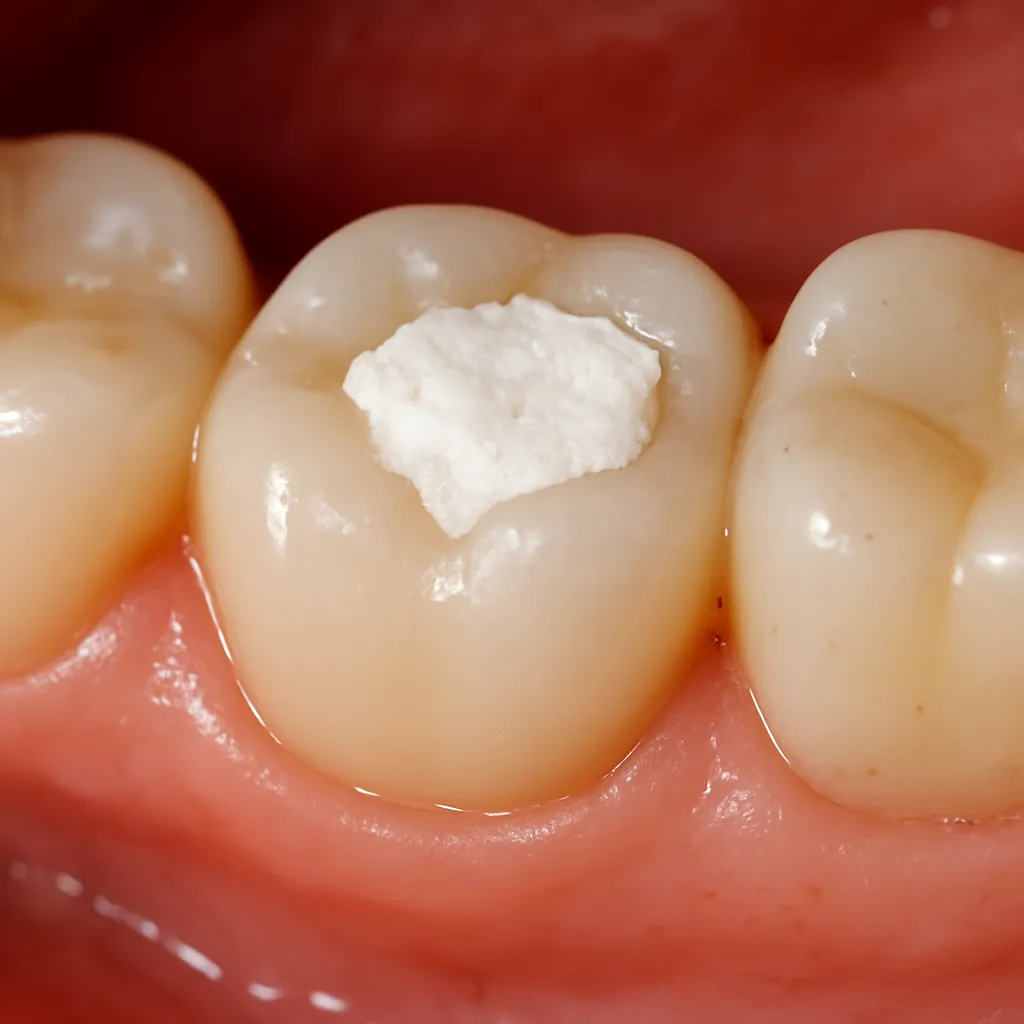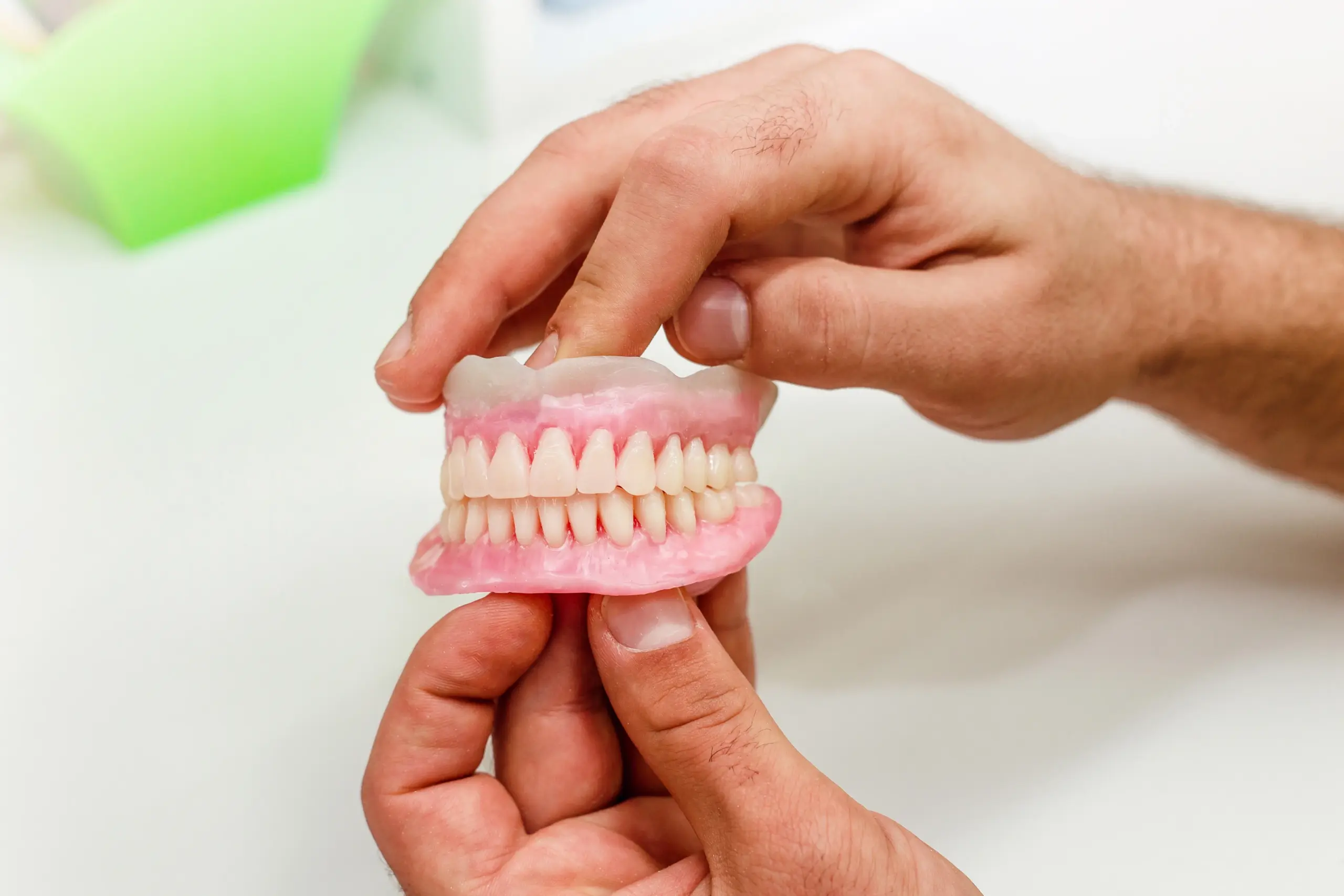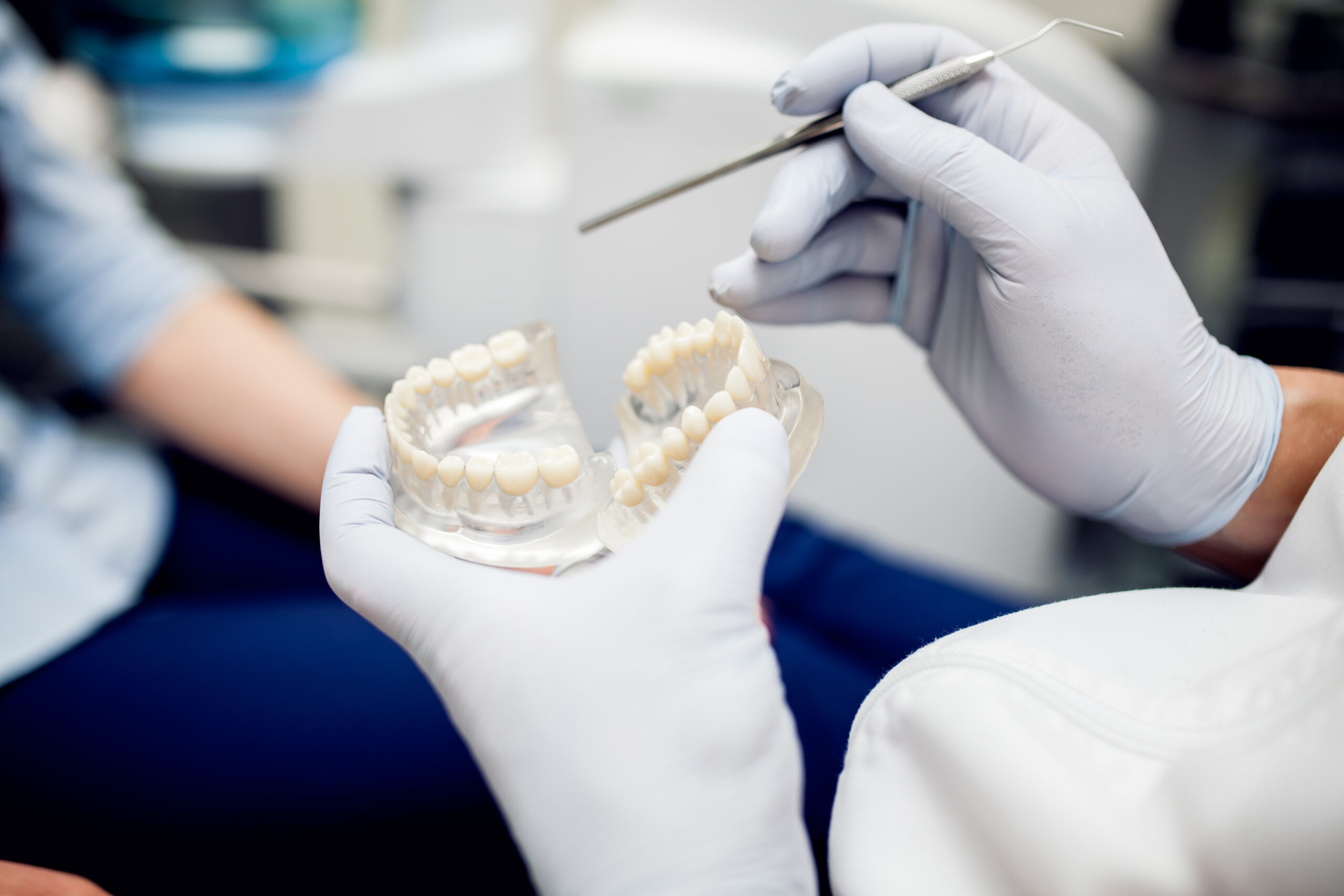Composite bonding is a fantastic way to change your smile and improve major or minor corrections to your smile in a very simple conservative and non-invasive procedure.
Composite bonding involves the application of a permanent filling material to the edges and the tips of your teeth which may be chipped or in-between your teeth to fill gaps. This can be done in a temporary fashion in order to help give you a trial run of your new smile without actually having any dentistry done. The dentist can apply the filling material without setting it so that you can see what this will look like before having it permanently set.
When carried out permanently, a shade of white composite filling material is chosen to match the shade and translucency of your teeth. The material is applied using instruments or brushes, permanently glueing the material to your teeth. Not only can it be used to cover chipped edges, but it can be used to mask any stains; to lengthen the teeth, or to change the shape of some teeth. Once applied and shaped, it is set with a special blue light which hardens the material and leaves it applied to the teeth in the desired shape. Your dentist would usually then polish, smooth and adjust the material to give it a high lustre and a shine, this would then enable you to view your teeth that have been adjusted and can be changed slightly if need be.
Composite is extremely versatile. Because of this, it can be added to, removed and changed by a dentist without causing any damage to the teeth. Composite bonding can be carried out and remain that way for up to fifteen years. But during that time if you did decide that you wanted to have this re-done or removed at all this can be done without causing damage or leaving marks to the teeth that are perfectly healthy underneath.
Composite bonding is extremely popular because it is non-invasive. It doesn’t involve any unnecessary drilling to the teeth which in the past 25-30 years used to be the case when treated with veneers or crowns (sometimes called caps), which in essence has the same effect as composite bonding.
The length of time composite lasts would be the same time that a filling would last which is an average of 9-15 years, sometimes considerably longer than this and sometimes a little bit shorter. Composite bonding is a relatively cost-effective way of improving your smile where each tooth can be treated from anything from £150-£200 and again protects your dentition in the long term where there is no damage made to your existing teeth.

A lot of our patients here at Birchgrove Dental like to have straight white teeth that are their own and have not been drilled, shaped or shaved down in order to achieve their smile. When patients request a straighter white smile we do follow a protocol. Our protocol for the teeth is that if they are quite well aligned we would then advise our patients that if they want the teeth lighter we would be able to carry out a tooth whitening procedure, then once the patients are happy with the colour of their teeth we would carry out traditional composite bonding by carrying out a full smile assessment and take lots of photographs to ensure that you are happy with your planned results as well as doing a mock-up before we carry out the final procedure. The dentist carries out this procedure usually without any anaesthetic because it is a non-invasive procedure where the material is simply glued onto the teeth and then shaped and smoothed lightly to give the final result.





